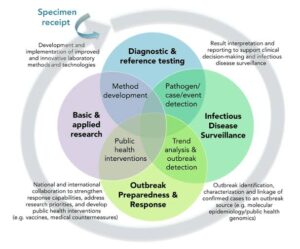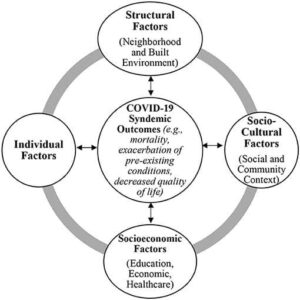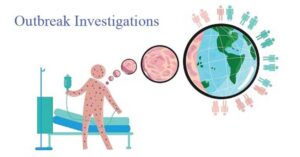Back to: MICROBIOLOGY 300 LEVEL
Welcome to class!
Hi there, future health leader! It’s always a pleasure to have you back. You’re doing so well, and today’s topic is one of the most exciting and practical parts of public health and microbiology. We’re talking about Outbreak Investigation and Reporting. Whether it’s cholera in Lagos, Lassa fever in Edo, or food poisoning in a university hostel, knowing how to investigate and report an outbreak can save lives. Let’s get into it together.
Outbreak Investigation And Reporting
Imagine this: several students in a hostel start vomiting and having diarrhoea after eating from a popular food vendor. Panic sets in. Is it food poisoning? Typhoid? Cholera? This situation is what we call a disease outbreak—a sudden increase in the number of people getting sick from the same illness in a specific place and time.

When this happens, trained professionals (like the kind you’re becoming!) must act quickly to find the cause, stop the spread, and protect others. This process is called outbreak investigation. It’s like being a detective for public health, using evidence and careful observation to solve the problem.
Steps in Outbreak Investigation
There is a clear, step-by-step approach to investigating an outbreak:
1. Prepare for Field Work:
Before going out, health officials gather tools, PPE, reporting forms, and background information. Just like preparing for a journey, this step ensures safety and readiness.
2. Establish the Existence of an Outbreak:
Compare the current number of cases with the normal level. For example, 1 or 2 malaria cases per week may be normal, but 20 cases in one day suggests an outbreak.

3. Confirm the Diagnosis:
Laboratory tests are carried out to identify the disease. This helps rule out errors and identify the actual cause, e.g., Salmonella, Vibrio cholerae, or Norovirus.
4. Define and Identify Cases:
Develop a case definition—who is considered a case based on symptoms, time, location, and exposure. For instance: “Anyone with vomiting and diarrhoea after eating rice from XYZ canteen between 1st and 3rd May.”
5. Describe and Orient Data:
Use time (when symptoms started), place (locations affected), and person (age, sex, occupation) to look for patterns. Often visualised with charts, maps, and graphs.
6. Develop Hypotheses:
Based on clues, you guess what might be causing the outbreak. For example: “Contaminated water used for cooking.”
7. Evaluate Hypotheses:
Test your guesses by collecting more data or running lab tests.
8. Refine Hypotheses and Conduct Additional Studies (if needed)
9. Implement Control and Prevention Measures:
Once the cause is confirmed, steps are taken to control the spread—like closing a food stall, treating patients, giving health talks, or providing clean water.
10. Communicate Findings (Reporting):
Write a clear, accurate outbreak report. This includes:
What happened
When and where it happened
Who was affected
What was done
This report is sent to local health authorities, NCDC, and possibly WHO if it’s serious.

Let’s say in a NYSC camp in Kogi, 30 corps members report diarrhoea and vomiting after eating beans. The medical team collects stool samples, confirms Shigella infection, and realises all affected corps members ate from the same vendor. They shut down the vendor, treat the sick, and write a report to camp management and the NCDC. This is a textbook example of outbreak investigation and reporting.
Summary
- Outbreak investigation is a systematic method of finding, confirming, and controlling disease outbreaks.
- It involves steps like preparing, confirming diagnosis, defining cases, developing hypotheses, and reporting.
- Proper reporting helps health authorities respond fast and prevent future outbreaks.
- Accurate communication of findings is just as important as the investigation itself.
Evaluation
- What is the first step in investigating an outbreak?
- Why is it important to confirm the diagnosis in an outbreak?
- What is a case definition?
- Mention two key elements described during the data analysis phase.
- Why is outbreak reporting important?
Fantastic work today! You’re learning to protect communities and save lives—skills that matter now more than ever. Keep growing, keep learning, and keep shining. At Afrilearn, we’re so proud of you and we can’t wait to meet you again in the next lesson. You’re destined for greatness!
